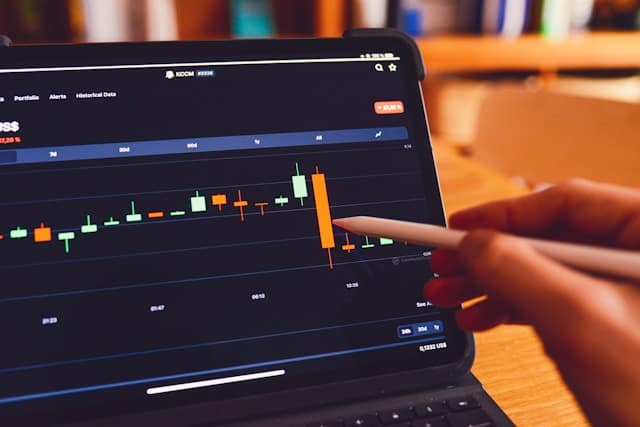
"Why does speed matter so much? When multiple traders target the same arbitrage opportunity or chase the best execution price, being first is essential. For the fastest high-frequency trading strategies, even a few nanoseconds of delay can sometimes determine whether a profitable trade is captured. Consider price slippage. The short gap between generating a trading order and its arrival at the exchange leaves traders exposed to price movements. A decision that looked profitable just a moment ago may become a losing proposition after a slight delay."
"CPUs simply aren't built for the demands of ultra-fast trading. Processors handle instructions sequentially and rely on multitasking operating systems, which introduces several challenges when handling multiple real-time data streams. Even more problematic is unpredictability. CPU-based trading applications must share resources with the underlying operating system. Background tasks, network servicing, or system checks can interrupt trading applications at any moment, causing unpredictable "jitter" that can last several microseconds. If your trading strategy depends on reaction times of just a few hundred nanoseconds, this kind of variability is a deal-breaker."
Nanosecond differences can determine which firms capture arbitrage and best-execution opportunities when multiple traders target the same price discrepancies. Price slippage between order generation and exchange arrival exposes traders to adverse moves; reducing execution latency narrows that window and lowers exposure. Arbitrage opportunities exist briefly across markets, so only the fastest participants can exploit them. CPUs introduce sequential processing, multitasking overhead, and unpredictable jitter from shared operating-system activity, causing microsecond interruptions that break sub-microsecond strategies and risk controls. FPGA implementations move trading logic into hardware to eliminate CPU-induced latency and jitter, enabling predictable reaction times at nanosecond scales.
Read at London Business News | Londonlovesbusiness.com
Unable to calculate read time
Collection
[
|
...
]